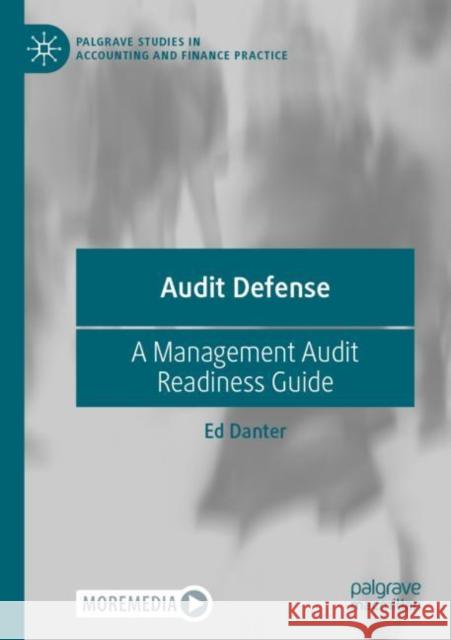Audit Defense: A Management Audit Readiness Guide » książka
topmenu
Audit Defense: A Management Audit Readiness Guide
ISBN-13: 9783030924683 / Angielski
Audit Defense: A Management Audit Readiness Guide
ISBN-13: 9783030924683 / Angielski
cena 261,02
(netto: 248,59 VAT: 5%)
Najniższa cena z 30 dni: 250,57
(netto: 248,59 VAT: 5%)
Najniższa cena z 30 dni: 250,57
Termin realizacji zamówienia:
ok. 22 dni roboczych
Dostawa w 2026 r.
ok. 22 dni roboczych
Dostawa w 2026 r.
Darmowa dostawa!
Kategorie:
Kategorie BISAC:
Wydawca:
Springer Nature Switzerland AG
Seria wydawnicza:
Język:
Angielski
ISBN-13:
9783030924683











